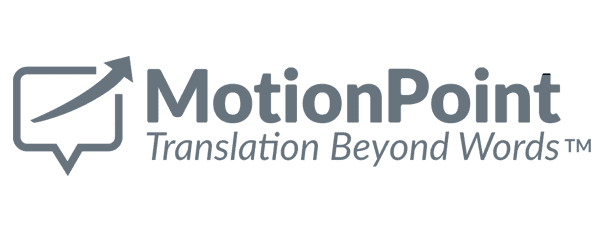




For years, companies have understood the business benefits of offering secure login areas for customers, employees and business partners, including:
But these same companies rarely offer localized portals for their multilingual and international audiences. That’s a missed opportunity that can alienate customers … or even worse, send them into the competition’s open arms.
Translating portal experiences can maximize a company’s impact in multilingual markets with relevant, resonant content, customized offers and more. But portal localization is technically and operationally complex—even more so than website translation.
That’s why it’s critical to find the right technology solution that delivers a world-class translated experience for your customers and partners—and equally important, gets along with your current and future content-management technologies.
The proxy-based approach to portal translation—where technologies are used to leverage the code and content of your origin portal, making it easy to translate, deploy, and continuously operate multilingual versions—is widely considered the most elegant and easy solution on the market.
Many third-party portal providers offer multilingual capabilities, but most fall short under the pressures of day-to-day portal translation. That's because these solutions usually shift all the complexity and ongoing effort-including technical configuration, collecting translatable content, translation and publication on the localized portal-onto their customers.
This drives up costs, and exposes the customer to such risks as a partially translated UX and functionality issues.
Further, many secure login experiences use complex web applications to present personalized user experiences, often with dynamically loaded information for end users. These applications are created with JavaScript, React and Angular frameworks … which are notoriously difficult, if not practically impossible, to easily localize using conventional approaches.
But the proxy-based approach to portal translation operates independently of all portal platforms and web applications. Ce système répond immédiatement aux requêtes en ligne des utilisateurs, leur fournissant une expérience utilisateur bien localisée, dans leur langue de préférence. This solution can be used with any tool, handle any portal environment and read any programming language. It operates seamlessly during platform migrations, too.
The best proxy translation solutions provide other advantages, including:
Great proxy technology knows when previously-translated phrases appear throughout a localized portal, and will automatically populate those translations at no additional cost to the customer.
Changes that occur on your origin portal-such as new content-are automatically detected and sent for translation. No customer-side effort is required.
Because the proxy translation solution uses the code of your origin portal to dynamically present translated content to multilingual users, you’ll never need to host, manage or update separate instances of the portal. This eliminates risk and effort.
The best proxy solutions translate third-party content, graphics, multimedia and applications, ensuring a perfectly localized UX at every touchpoint within the portal.
The proxy translation solution doesn’t replace your portal’s content platform; it expands its effectiveness. You can further your investments in your current platform, or switch platforms altogether, without it impacting the performance of your multilingual portal.
The best proxy solutions move fast, getting your localized portals up and running in as few as 30 days.
Of the proxy-based approaches on the market, only fully turn-key solutions completely eliminate customer-side effort on an ongoing basis. These elegant solutions deliver additional benefits such as:
Leading turn-key solutions take about five hours of IT time to implement, and require no ongoing effort from customers. The vendor provides all personnel, processes and technologies.
Fully turn-key solutions are designed to handle all of the under-the-hood complexities that make portal translation such a burden for IT teams. The aforementioned issues about web applications and dynamic, personalized content are great examples of this.
Great turn-key proxy solutions can parse translatable text from these applications while preserving their framework logic. After translation, they elegantly reintegrate the localized content back into the applications, too.
Turn-key solutions also ensure the privacy of customers, partners and employees. Proxy translation solutions don’t have access to, or store, any of your customers’ personally-identifiable information. They also support industry-recommended methods that rely on secure encryption protocols for transmitting data on your behalf.
Reputable vendors are also compliant with PCI DSS, HIPAA and other data protection standards.
As you examine the marketplace for multilingual portal solutions, consider vendors that offer the turn-key proxy-based approach. They provide world-class online experiences for customers, and the right technologies to deliver efficiency, cost savings and business success.